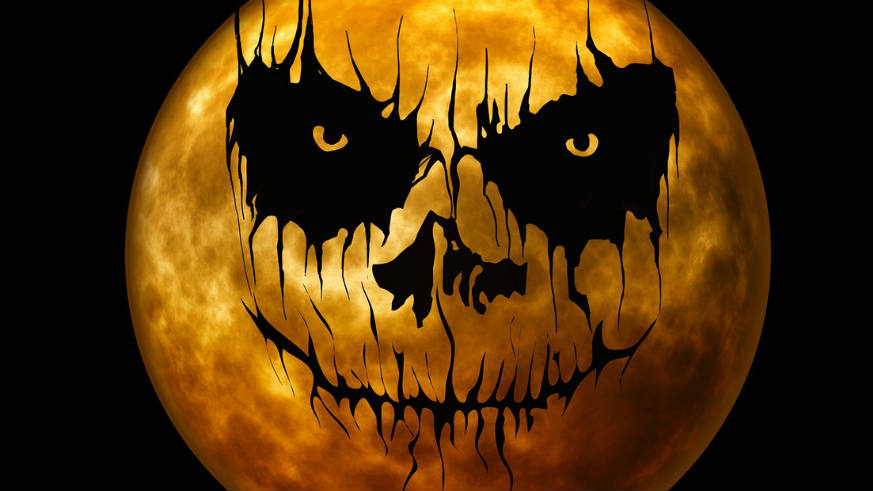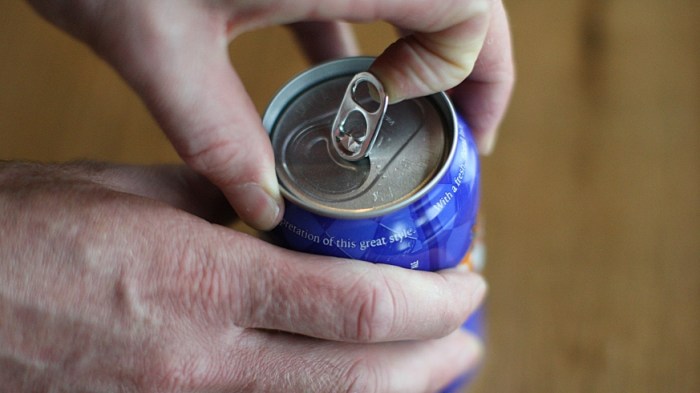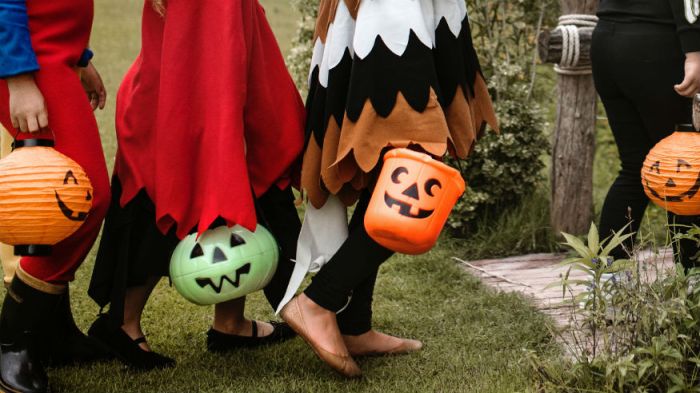Halloween is an annual excuse to gorge on candy, dress up in scandalous costumes or shut our porch lights out and pretend we aren’t home. But how did it all begin? This is the history of Halloween.
History of Halloween
Halloween is celebrated every year on Oct. 31. It originated with the ancient Celtic festival Samhain, during which bonfires were lit and costumes donned to warn off spirits. All Saints Day (Nov. 1) was brought into the mix in the eighth century by Pope Gregory III and included some elements of Samhain. Samhain became known as All Hallow Eve and, eventually, Halloween.
Today, Halloween is celebrated with parties, costumes, trick-or-treating, sweet treats and jack-o-lanterns.
History of Halloween in America
As Halloween evolved, it began to lose its religious connections. Rigid Protestant beliefs limited the celebration in colonial New England, according to History, and it was much more common in the southern colonies.
Customs from Europe and the American Indians blended, creating an American version of Halloween. Initially, “play parties” were public events celebrating the harvest where people would tell stories of the dead, dance and sing.
Mischief also gained popularity. (Tossing eggs at houses isn’t such a new concept.)
As immigrants, including millions of Irish escaping the potato famine, flooded America in the second half of the 19th century, Halloween became a national celebration.
History of Halloween Matchmaking
Your dates might seem like ghosts and ghouls, but there are some rituals that have all but been forgotten, like match matching.
Many rituals focused on the future, according to History. Single women would take part in rituals that would (hopefully) result in marriage by the following Halloween.
A day celebrating the dead being used to predict future marriages… there’s a big joke in there somewhere.
In 18th century Ireland, a cook would bury a ring in the mashed potatoes hoping to bring love to the person who found it.
In Scotland, women would name hazelnuts after prospective suitors and toss them into the fire. Depending on whether they popped, burned or roasted, the idea was the prevailing name would be the woman’s betrothed.
Women of marrying age would also throw apple peels over their shoulders and decipher the meaning by how the peels fell. The idea was to look for the shape of the future husband’s initials.



















